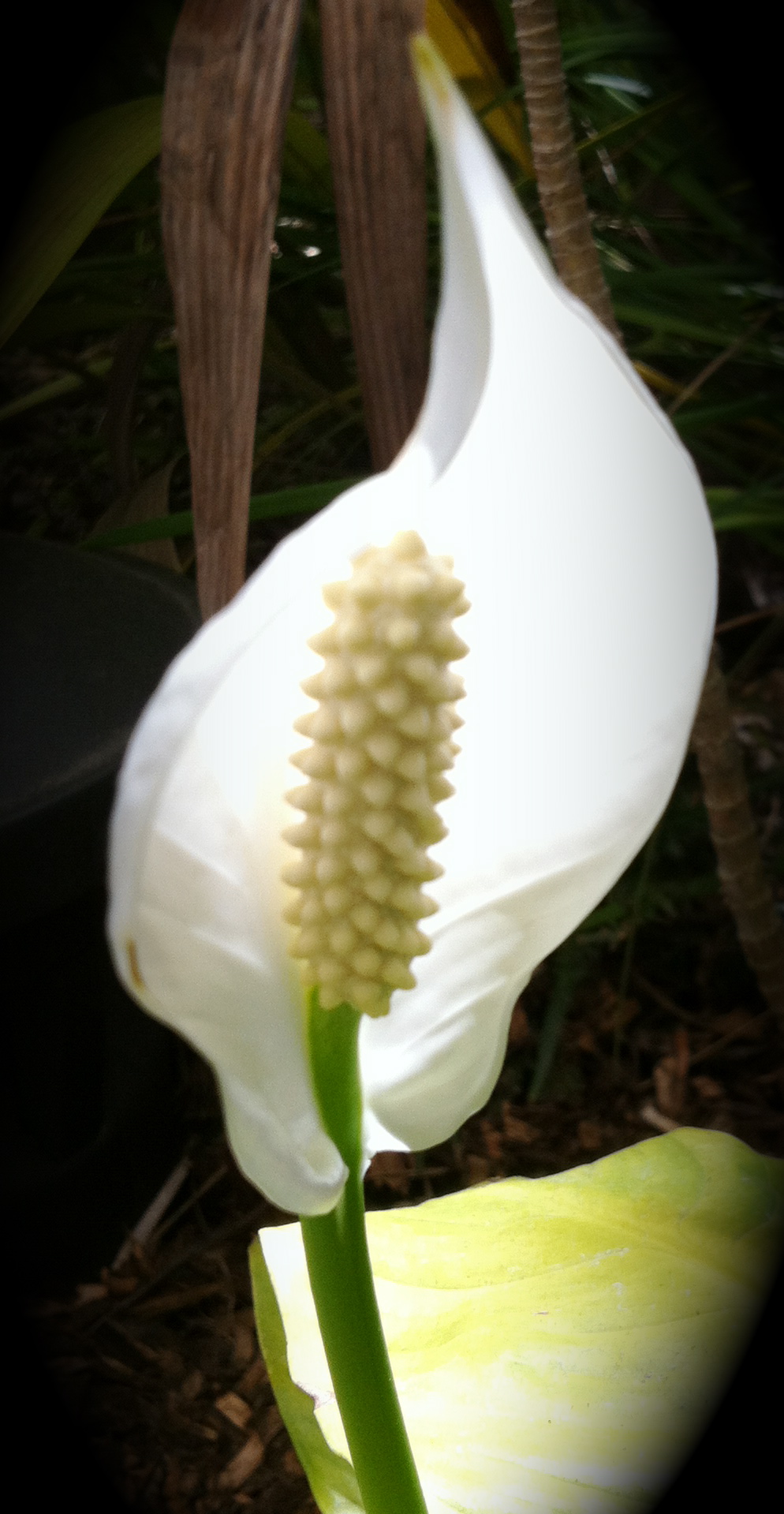Blog
Detox your home, car and office with Peace lilies

Know that new carpet, new car, new furniture, newly sanded and polished floor smell? Sniffed or owned plywood, rubber, paint, varnish, adhesives or dry-cleaned clothes? Lashed out and purchased some wrinkle-free fabrics, or flame-retardant pillows, clothes or bedding? Ever been around cigarette smoke?
If so, you’ve been getting nasty Volatile Organic Chemicals (VOCs) up your nose and into your body. If something is volatile it evaporates easily. Most scents or odours we detect are VOCs, and many aren’t nasty: think those emanating from flowers or perfumes. The three particularly nasty VOCs that we get lots of exposure to as we occupy our modern indoor spaces and lifestyles are formaldehyde, benzene and trichloroethylene. They are released from the above (and many more) products we surround ourselves with on a daily basis, and they float around in the air.
The problem with these chemicals is that each is a known or likely carcinogen. Between them they can cause headaches, respiratory problems, nausea, infertility, fatigue, allergies, rashes and a host of less obvious systemic conditions. Cyberspace and medical literature is awash with lots of details about their detrimental effects.
If you can’t eliminate from your life all the products that ooze bad VOCs, then it’s probably a good idea to try to remove the gases from your air supply. Open the windows, you say. It can certainly help, but compared with homes 100 or even 50 years ago, modern homes not only ooze more nasties from the products they contain, they’re also more tightly sealed. Fresh air can be a casualty of the pursuit of energy efficient housing.
If you want some clean air in modern homes and work places, then you need to stock up on indoor plants. There are now decades of research proving the ability of interior plants to remove volatile organic chemicals (VOCs) from the air. Great plants to have around include Peace lilies (Spathiphyllum), spider plants and philodendrons. Flowers that help clean the air include chrysanthemums and gerberas.
One of our Bloom College fans recently had repairs done to her car after a tangle with an immovable object in a carpark (as you do). She developed a headache driving the car home from the repairer and again when she used the car over the following days. Suspecting the glue or paint she could smell to be the cause of the headaches, she put 3 small Spathiphyllum plants in the car overnight. Smell and headaches both disappeared!
The only problem with relying on plants to clean indoor air is that we need quite a few to do the job properly (depending, of course, on how many molecules of nasty VOCs are floating around and how big the house is). Watch Trending Tuesday’s blog space for news about how some innovators have achieved 100 times the cleaning power from each plant.